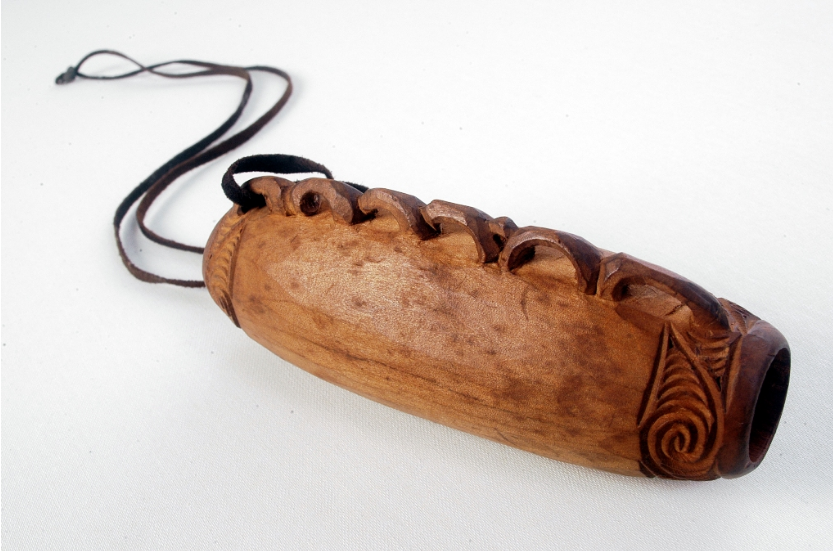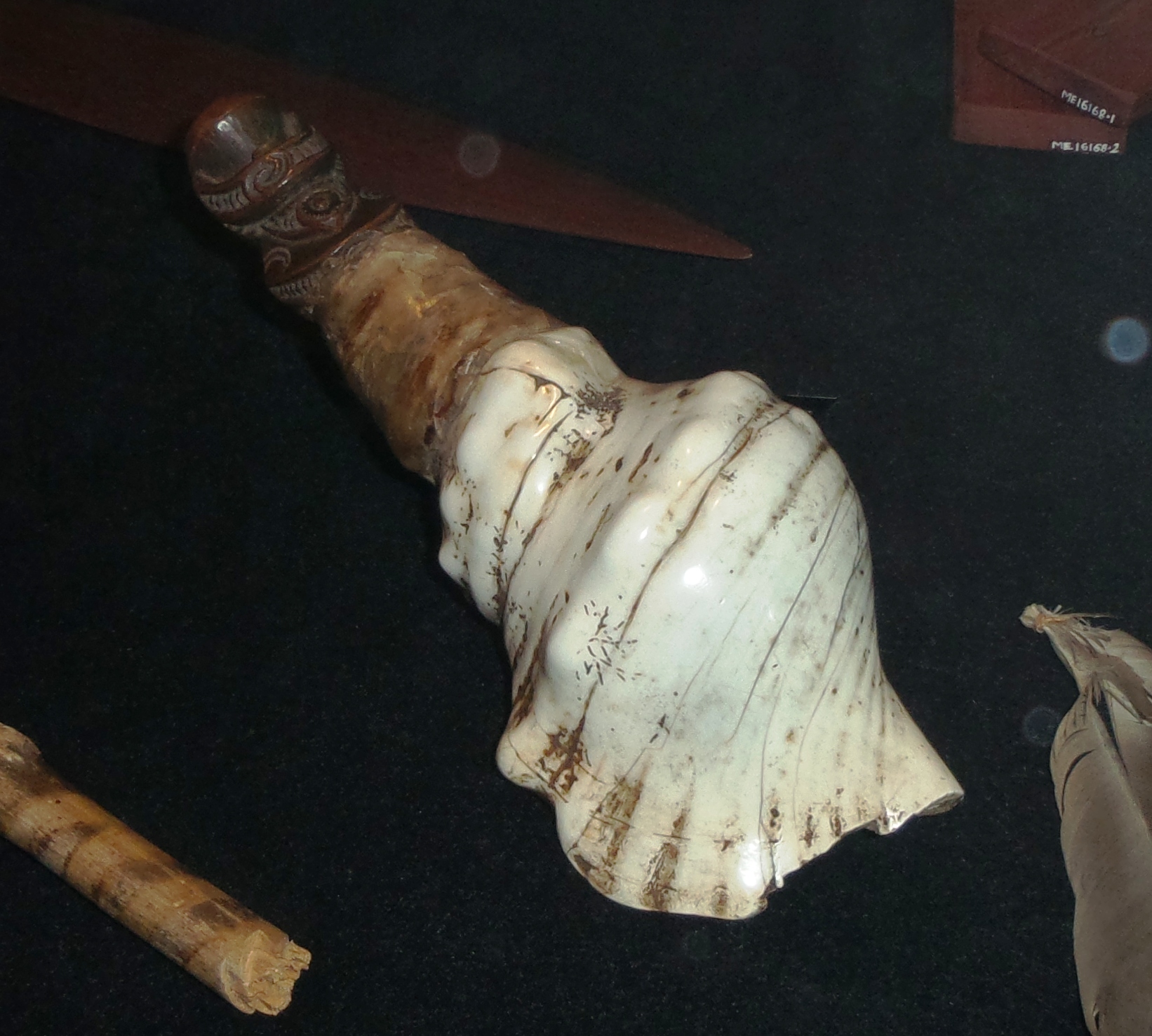|
Tukituki Te Manawa
"Tukituki Te Manawa" ("Fluttering Heart") is a song by New Zealand band Drax Project, performed in Māori language. It was the band's second song released as a part of the ''Waiata / Anthems'' project, with their first being a re-release of their 2017 single "Woke Up Late" for the 2019 ''Waiata / Anthems'' compilation album. An unreleased song by the band originally written in English, "Tukituki Te Manawa" translated into Māori by Hinewehi Mohi and Sir Tīmoti Kāretu and released on Christmas Day 2020. In 2021, the song was the subject of an episode of a TVNZ OnDemand documentary series, documenting the creation of music for ''Waiata / Anthems''. The song debuted at number 10 on the New Zealand Hot Singles chart. By the end of 2021, it was the 17th most successful Te Reo Māori song of the year in New Zealand. Background and composition In September 2019, Drax Project took part in ''Waiata / Anthems'', a compilation album of contemporary New Zealand music re-interpreted in T ... [...More Info...] [...Related Items...] OR: [Wikipedia] [Google] [Baidu] |
Drax Project
Drax Project are a New Zealand pop and R&B band that formed in Te Aro, Wellington in 2014. Recording a mix of jazz, R&B and pop music, the band came to prominence in 2017 with the single "Woke Up Late", which was certified triple platinum by RIANZ while the 2019 version featuring Hailee Steinfeld was certified triple platinum in Australia. Background Drax Project's members are all originally from different towns in New Zealand; Shaan grew up in Kapiti, Matt in Upper Hutt, Sam in New Plymouth and Ben from Waihi Beach. Matt and Shaan met at a young musician's jazz programme in Wellington as young teens and played separately and together in high school jazz competitions around New Zealand as teens. Matt and Shaan started busking together in their first year of attending university at The New Zealand School Of Music's jazz programme. Sam and Ben joined as Sam also attended the same university school of music and Ben at Whitirea University's music programme not far from Wellington. D ... [...More Info...] [...Related Items...] OR: [Wikipedia] [Google] [Baidu] |
Taonga Pūoro
Taonga pūoro are the traditional musical instruments of the Māori people of New Zealand. The instruments previously fulfilled many functions within Māori society including a call to arms, dawning of the new day, communications with the gods and the planting of crops. They are significant in sacred ritual and also fulfill a story-telling role. Many of the sounds of the instruments and tunes are imitations of the sounds of nature, including the wind, the seas and the natural world of birds and insects. Knowledge of taonga pūoro has been revived over the past thirty years by Hirini Melbourne, Richard Nunns, Brian Flintoff and expert stone carver Clem Mellish. Cultural placement Classifications Taonga pūoro and their uses and classifications are intimately connected with Māori culture and religious practice. The instruments are all part of the families of the gods, and their classifications are directly related to the gods and the creation story where "The Gods sang the Univ ... [...More Info...] [...Related Items...] OR: [Wikipedia] [Google] [Baidu] |
Songs In Māori
A song is a musical composition performed by the human voice. The voice often carries the melody (a series of distinct and fixed pitches) using patterns of sound and silence. Songs have a structure, such as the common ABA form, and are usually made of sections that are repeated or performed with variation later. A song without instruments is said to be a cappella. Written words created specifically for music, or for which music is specifically created, are called lyrics. If a pre-existing poem is set to composed music in the classical tradition, it is called an art song. Songs that are sung on repeated pitches without distinct contours and patterns that rise and fall are called chants. Songs composed in a simple style that are learned informally by ear are often referred to as folk songs. Songs composed for the mass market, designed to be sung by professional singers who sell their recordings or live shows, are called popular songs. These songs, which have broad appeal, are oft ... [...More Info...] [...Related Items...] OR: [Wikipedia] [Google] [Baidu] |
Drax Project Songs
Drax may refer to: Places * Drax, North Yorkshire, a village and civil parish in the United Kingdom ** Drax Priory, a former Augustinian priory ** Drax Power Station, the largest power station in Britain People * Drax (surname), people with the surname Fictional characters * Sir Hugo Drax, in the James Bond novel and film ''Moonraker'' * Drax the Destroyer, a Marvel Comics character ** Drax (Marvel Cinematic Universe), the film version of the character * Infinity-Man, a DC Comics character also named "Drax" * Drax (Time Lord) ''The Armageddon Factor'' is the sixth and final serial of the 16th season of the British science fiction television series ''Doctor Who'', which was first broadcast in six weekly parts on BBC1 from 20 January to 24 February 1979. It was the las ..., in the ''Doctor Who'' television series Companies * Drax Group, a British electrical power generation company {{disambiguation, geo ... [...More Info...] [...Related Items...] OR: [Wikipedia] [Google] [Baidu] |
Recorded Music NZ
Recorded Music NZ (formerly the Recording Industry Association of New Zealand (RIANZ)) is a non-profit trade association of record producers, distributors and recording artists who sell recorded music in New Zealand. Membership of Recorded Music NZ is open to any owner of recorded music rights operating in New Zealand, inclusive of major labels (such as Sony, Universal and Warner Music Group), independent labels and self-released artist An artist is a person engaged in an activity related to creating art, practicing the arts, or demonstrating the work of art. The most common usage (in both everyday speech and academic discourse) refers to a practitioner in the visual arts o ...s. Recorded Music NZ has over 2000 rights-holders. Prior to June 2013 the association called itself the "Recording Industry Association of New Zealand" (RIANZ). RIANZ and PPNZ Music Licensing merged and renamed themselves "Recorded Music NZ". Recorded Music NZ functions in three areas: ... [...More Info...] [...Related Items...] OR: [Wikipedia] [Google] [Baidu] |
YouTube
YouTube is an American social media and online video sharing platform owned by Google. YouTube was founded on February 14, 2005, by Steve Chen, Chad Hurley, and Jawed Karim who were three former employees of PayPal. Headquartered in San Bruno, California, it is the second-most-visited website in the world, after Google Search. In January 2024, YouTube had more than 2.7billion monthly active users, who collectively watched more than one billion hours of videos every day. , videos were being uploaded to the platform at a rate of more than 500 hours of content per minute, and , there were approximately 14.8billion videos in total. On November 13, 2006, YouTube was purchased by Google for $1.65 billion (equivalent to $ billion in ). Google expanded YouTube's business model of generating revenue from advertisements alone, to offering paid content such as movies and exclusive content produced by and for YouTube. It also offers YouTube Premium, a paid subs ... [...More Info...] [...Related Items...] OR: [Wikipedia] [Google] [Baidu] |
Tidal (service)
Tidal (stylized TIDAL) is a Norwegian-American music streaming service, launched in 2014 by the Norwegian-Swedish public company Aspiro. Tidal is now majority-owned by Block, Inc., the owner of the point-of-sale system Square. With distribution agreements with all three major record labels and many independent labels, Tidal claims to provide access to more than 100 million tracks and 650,000 music videos. On April 10, 2024, Tidal merged its two subscription plans to become one simply named Tidal, which offers the same quality as the former HiFi Plus plan (FLAC HiRes 24-bit/192KHz and MQA – 24-bit/352.8 kHz). However, on July 24, 2024, Tidal removed the feature to listen in MQA. Tidal claims to pay the highest percentage of royalties to music artists and songwriters within the music streaming market. In March 2015, Aspiro was acquired by Project Panther Bidco Ltd., which relaunched the service with a mass-marketing campaign, promoting it as the first artist-ow ... [...More Info...] [...Related Items...] OR: [Wikipedia] [Google] [Baidu] |
Television New Zealand
Television New Zealand (, "Te Reo Tātaki" meaning "The Leading Voice"), more commonly referred to as TVNZ, is a New Zealand state-owned media company and Crown entity. The company operates a television network, TVNZ+, streaming service, and 1News, news service that is available throughout New Zealand and parts of the Pacific region. All of its currently-operating channels are free-to-air and funded through advertising. TVNZ was established in February 1980 following the merger of the two government-owned television networks, Television One (now TVNZ 1) and South Pacific Television (now TVNZ 2), under a single administration. It was the sole television broadcaster in New Zealand until November 1989 when private channel TV3 (now Three (TV channel), Three) was launched. TVNZ operates playout services from its Auckland studio via Kordia's fibre and microwave network for TVNZ 1, TVNZ 2 and TVNZ Duke, with new media video services via the American-owned Brightcove which is streamed ... [...More Info...] [...Related Items...] OR: [Wikipedia] [Google] [Baidu] |
Kōauau
A ''kōauau'' is a small flute, ductless and notchless, long, open at both ends and having from three to six fingerholes placed along the pipe. ''Kōauau'' resemble flutes the world over both in tone quality and in the range of sounds that can be produced by directing the breath across the sharp edge of the upper aperture. Māori people, Māori ''kōauau'' players were renowned for the power it gave them over the affections of women (notably illustrated by the story of Tūtānekai, who, by playing his ''kōauau'', convinced Hinemoa to swim to him across Lake Rotorua). ''Kōauau'' are made of wood or bone. Formerly the bone was of bird bone such as albatross or moa; some instruments were also of human bone and were associated with chiefly status and with the cultural practice of Utu (Māori concept), utu. External links Kōauau in the collection of the Museum of New Zealand Te Papa Tongarewa End-blown flutes Māori musical instruments {{NewZealand-music-stub ... [...More Info...] [...Related Items...] OR: [Wikipedia] [Google] [Baidu] |
Pūtātara
The pūtātara is a type of trumpet used by the Māori people of New Zealand. It is customarily made with a carved wooden mouthpiece and a bell made from New Zealand's small native conch shells (''Charonia lampas rubicunda'') or triton shell (''Charonia tritonis''). Larger pūtātara were particularly prized as the triton shell was rarely found and only sometimes washed up on the beaches in the Far North. It is often blown in guest welcoming ceremonies. See also * Conch (instrument) A conch ( , , ) or conque, also called a "seashell horn" or "shell trumpet", is a wind instrument that is made from a conch, the shell of several different kinds of sea snails. Their natural conical bore is used to produce a musical tone. C ... References External linksPūtātara in the collection of the Museum of New Zealand Te Papa Tongarewa Māori musical instruments Brass instruments Trumpets {{NewZealand-music-stub ... [...More Info...] [...Related Items...] OR: [Wikipedia] [Google] [Baidu] |





